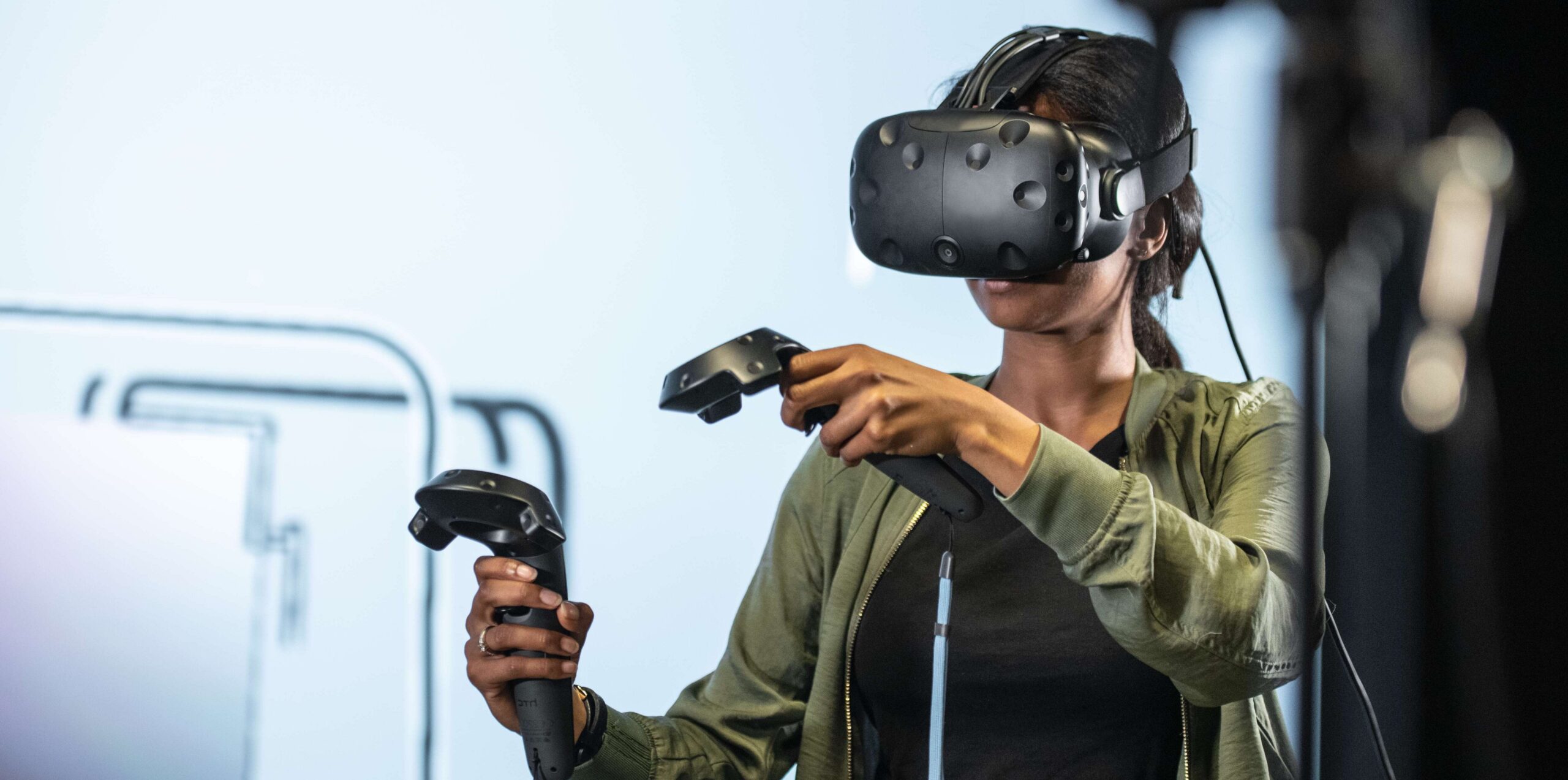Presented by Ericsson
5G, the latest generation of mobile wireless, has been hyped as a game-changing technology that will unlock new innovations across industries. Now that 5G networks are beginning to roll out across the United States and Canada — by the end of 2025, there will be close to 325 million 5G subscriptions in North America — we are starting to see new innovations come to life as the blazing speed, low latency, and ultra-reliability of 5G opens new possibilities.

Unlock premium content and VIP community perks with GB M A X!
Join now to enjoy our free and premium membership perks.
![]()

![]()